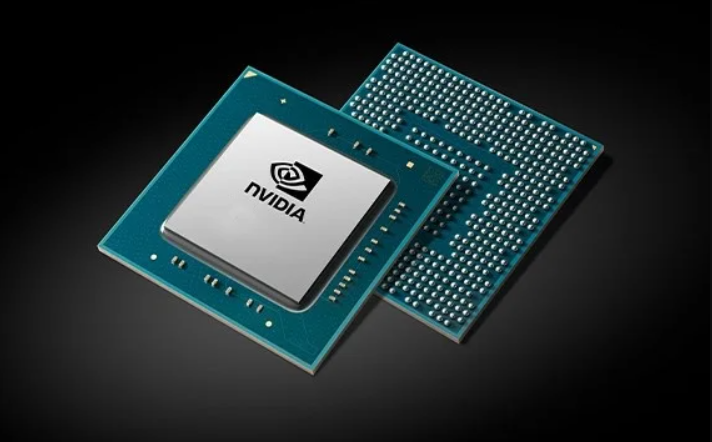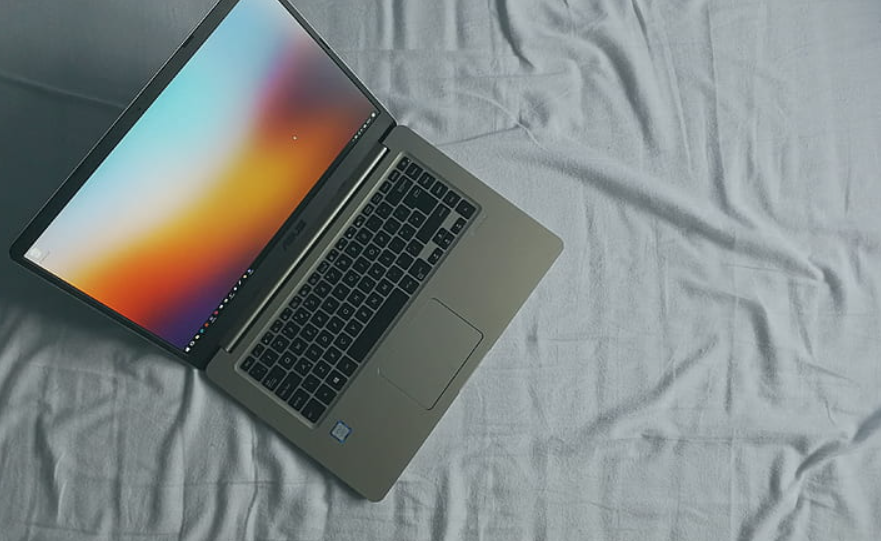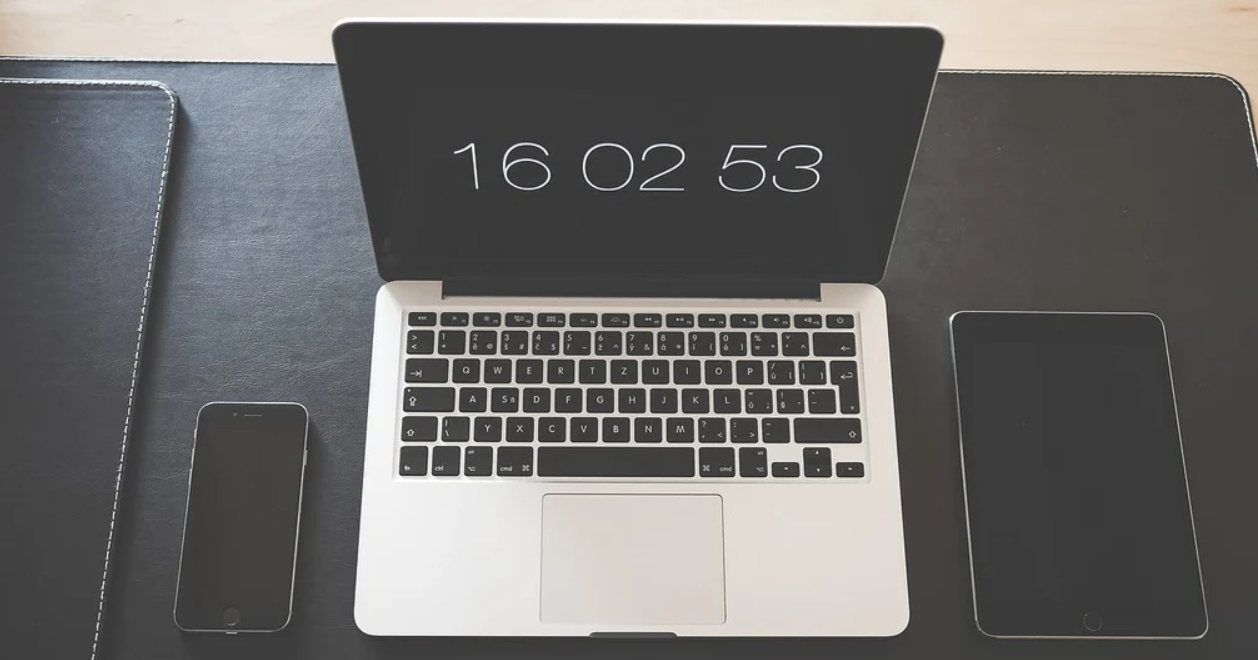Laptop Buying Guide: Key Features to Seek and Ones to Ignore
- Apr 17, 2024
- 680

An informed decision is crucial when it comes to purchasing a new laptop. With a plethora of options available, it's easy to get lost in a sea of specs and features. However, not all features hold equal importance, and some can be overlooked without compromising on performance. This guide aims to enlighten you on the key features to prioritize when buying a laptop and the ones that, although they may sound appealing, are often unnecessary and can be ignored to keep within your budget.
Processor Performance: The Heart of Your Laptop

The central processing unit (CPU), often referred to as the processor, is the main factor that determines the speed and efficiency of your laptop. It's essential to consider the type of tasks you'll be performing. For basic tasks like web browsing, document editing, and media consumption, a mid-range processor, such as an Intel Core i5 or AMD Ryzen 5, will suffice. However, if you're planning to tackle more demanding applications like video editing, graphic design, or gaming, you'll need a more powerful processor, like an Intel Core i7 or AMD Ryzen 7. Keep an eye out for the generation of the processor as well, as newer generations generally offer improved performance and energy efficiency.
It's important not to get too caught up in the number of cores or the hyper-threading capabilities unless you are certain your applications will take advantage of them. For the average user, a quad-core CPU should provide a smooth experience without the need for the additional expense of an octa-core processor. Additionally, consider the thermal design power (TDP) of the processor, which indicates how much heat it generates. A lower TDP is often indicative of better battery life, as less energy is used and less heat is produced, which is particularly important for those who need to work on the go.
Memory Matters: RAM and Storage Solutions

Random Access Memory (RAM) is a critical component that affects your laptop's multitasking capabilities. A minimum of 8GB of RAM is recommended for most users, ensuring smooth operation across common tasks. However, if you're a power user who runs multiple applications simultaneously or deals with large files, consider 16GB or more to keep everything running smoothly. It's worth noting that some laptops come with the option to upgrade the RAM later, which can be a cost-effective way to future-proof your device.
When it comes to storage, Solid State Drives (SSDs) have become the standard due to their fast read and write speeds, which greatly reduce boot times and improve overall system responsiveness. While traditional hard disk drives (HDDs) offer more storage space at the price, they are significantly slower and more prone to mechanical failure due to their moving parts. A good starting point is a 256GB SSD, which provides ample space for the operating system, applications, and a modest amount of personal data. If you require more storage or wish to store large files locally, a 512GB or 1TB SSD may be a better fit. Cloud storage services can also supplement internal storage and are worth considering if you have consistent internet access.
Display Dynamics: Screen Size and Quality

The display of your laptop is your window to everything you do, so it's important to choose one that suits your needs. Screen size is typically a balance between portability and usability. A 13 to 14-inch display offers a good compromise for those who need a lightweight laptop for travel without sacrificing too much screen real estate. If your laptop will spend most of its time on a desk, a 15 to 17-inch screen will provide a more comfortable viewing experience, especially for tasks like photo and video editing or gaming. It's worth mentioning that larger screens do draw more power, which can reduce battery life.
Beyond size, the screen resolution is also imperative. A minimum of 1920x1080 (Full HD) is recommended for a sharp, clear image. Higher resolutions, such as 4K, can offer even more detail, which can be beneficial for creative professionals, but they also consume more power and can significantly increase the cost of the laptop. Additionally, consider the panel type: IPS panels offer wide viewing angles and better color accuracy compared to TN panels, which can be important for graphic design work or entertainment purposes. Touchscreen functionality is a feature that has become more common, but unless you are using your laptop as a tablet or for drawing, it can often be an unnecessary expense that also reduces battery life and adds a glossy surface that can be prone to glare.
Connectivity and Ports: Ensuring Versatility

In the age of dongles and adapters, having a laptop with a variety of ports can save you from carrying extra accessories. At a minimum, look for at least one USB-C port, as it's becoming the standard for charging and data transfer. USB 3.0 ports are also useful for connecting older devices and storage drives. If you frequently give presentations or connect to external displays, an HDMI port can be invaluable. An SD card reader is a convenience for photographers who need to transfer images frequently, and a headphone jack, though often overlooked, is still essential for private listening.
Wireless connectivity is also a crucial aspect to consider. Ensure that the laptop supports the latest Wi-Fi standards (currently Wi-Fi 6) for the fastest and most reliable connections. Bluetooth is also a must-have for connecting wireless peripherals like mice, keyboards, and headphones. While Ethernet ports are becoming less common on ultra-thin laptops, they are worth having for direct internet connections, especially if you engage in online gaming or large file transfers. When evaluating connectivity options, consider your current needs, but also think about future uses to avoid being caught short as technology standards evolve.
Battery Life: Keeping You Powered Throughout the Day

Battery life is a paramount factor for users who need their laptops to last through a full day of work or classes without being tethered to a power outlet. Manufacturers often advertise battery life, but these numbers can be optimistic and may not reflect real-world usage. Look for third-party reviews and user feedback to get a better idea of what to expect. As a rule of thumb, aim for a laptop that offers at least 8 hours of battery life under moderate use. This should provide you with a buffer for those days when you're using your laptop more intensively or when the battery begins to age and hold less charge.
It's also worth considering the battery's watt-hour (Wh) or milliamp-hour (mAh) rating, which gives you a rough estimate of the battery's capacity. However, the actual battery life will depend on numerous factors, including screen brightness, the processor's power consumption, and the types of applications you're running. Some laptops feature power-saving technologies or "eco" modes that can extend battery life at the expense of performance. If you frequently travel or work in places without convenient access to power outlets, prioritize laptops known for their long-lasting batteries and consider models that allow for battery replacements or offer external battery packs for an added boost when needed.
In conclusion, when purchasing a new laptop, it's critical to focus on the features that matter most to your specific use case. By carefully considering the processor, RAM, storage, display, connectivity, and battery life, you can find a laptop that offers the best balance of performance, portability, and price. On the other hand, features like ultra-high-resolution screens, excessive processing power, and touchscreens can often be set aside if they don't align with your needs or budget. By making informed choices, you'll be able to invest in a laptop that will serve you well without overspending on superfluous features.